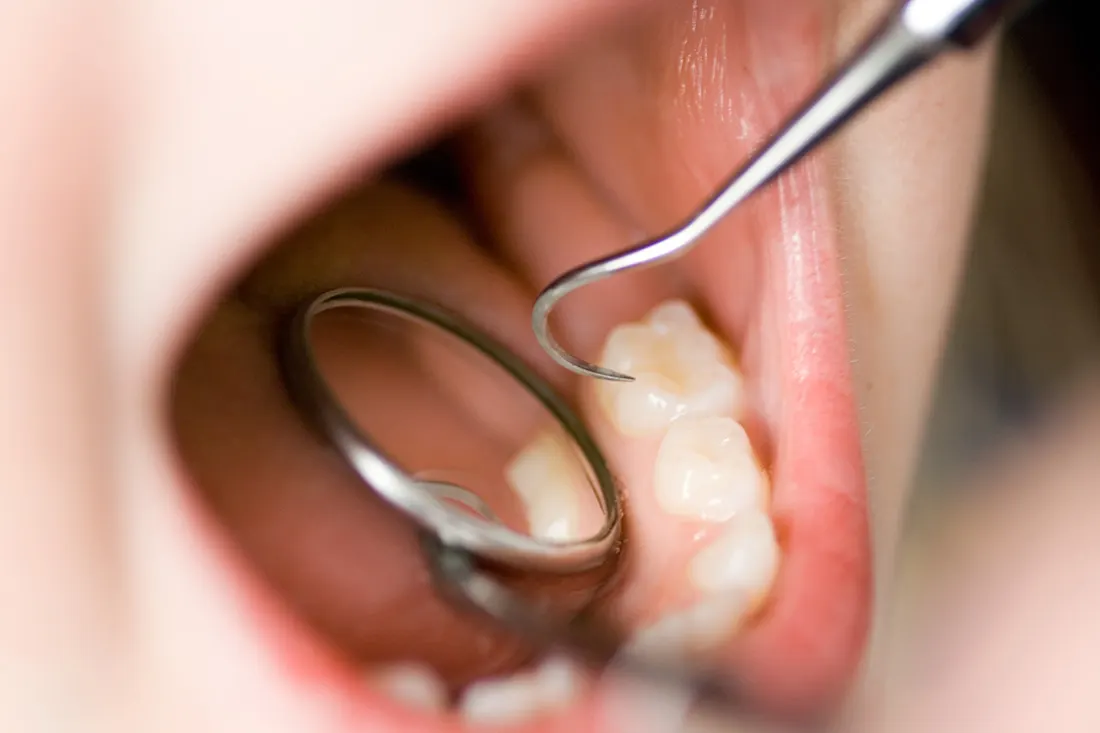What Are Pediatric Dental Fillings?
Dental fillings are restorative treatments used to repair cavities (tooth decay) in children’s teeth. When bacteria create holes in tooth enamel, fillings remove the decayed material and seal the space with biocompatible materials. Unlike adult treatments, pediatric fillings require specialized techniques and materials designed for developing teeth.
Children may need fillings in both baby teeth and permanent teeth. Even though baby teeth eventually fall out, treating cavities promptly prevents pain, infection, and complications that could affect permanent teeth development.
Types of Pediatric Fillings
Composite Resin Fillings
Tooth-colored composite fillings blend seamlessly with natural teeth, making them ideal for visible areas. These fillings bond directly to tooth structure and can be completed in a single visit. Composite materials are mercury-free and provide excellent aesthetics for front teeth.
Glass Ionomer Fillings
Glass ionomer fillings release fluoride, helping prevent future decay around the restoration. These fillings work well for baby teeth and areas prone to moisture, such as near the gum line. They’re particularly beneficial for children at higher risk of developing additional cavities.
Silver Diamine Fluoride (SDF)
For very young children or those with special needs, SDF offers a non-invasive option to arrest cavity progression. This liquid treatment stops decay without drilling, though it may darken the treated area. SDF serves as an excellent interim solution while planning comprehensive treatment.
When Does Your Child Need a Filling?
Children typically develop cavities when bacteria produce acids that weaken tooth enamel. Signs your child may need a filling include:
- Visible holes or dark spots on teeth
- Tooth sensitivity to hot, cold, or sweet foods
- Pain when chewing
- Bad breath that persists after brushing
- White or brown spots on teeth
Regular checkups allow Dr. Dowlaty to detect cavities early, often before your child experiences pain. Early intervention prevents small cavities from becoming larger problems requiring more extensive treatment.
Benefits of Treating Cavities Early
Prompt filling treatment prevents minor decay from progressing into serious complications. Untreated cavities can lead to:
- Painful abscesses requiring emergency treatment
- Damage to permanent teeth developing underneath
- Speech development problems from premature tooth loss
- Difficulty eating nutritious foods
- Self-consciousness about smile appearance
Our gentle approach helps children develop positive associations with dental care, establishing healthy habits for life.
Preventing Future Cavities
After placing fillings, maintaining good oral hygiene becomes crucial for long-term success. We recommend:
- Brushing twice daily with fluoride toothpaste
- Daily flossing with parent assistance
- Limiting sugary snacks and drinks
- Regular professional cleanings every six months
- Dental sealants for permanent molars
Parent resources provide additional guidance for maintaining your child’s oral health at home.
How Much Do Composite Fillings Cost?
Composite (tooth-colored) fillings at ChildSmiles OC typically cost $150 to $300 per tooth, depending on the size and depth of the cavity. These natural-looking restorations are ideal for maintaining both function and appearance.
Key Cost Factors:
- Size and severity of the cavity
- Number of tooth surfaces treated
- Tooth location
We provide high-quality, family-friendly dental care with all major dental insurance plans accepted and membership plans available to help make treatment even more manageable. Schedule your child’s appointment today.
Why Choose ChildSmiles OC for Pediatric Fillings?
Dr. Dowlaty’s specialized training in pediatric dentistry ensures your child receives age-appropriate care tailored to their developmental needs. As a father of two, he understands the importance of creating positive dental experiences for young patients.
Our Fullerton practice serves families throughout Orange County with convenient scheduling options, including evening and weekend appointments. We accept most insurance plans and offer transparent pricing for families.
Advanced technology including digital X-rays and precise filling materials ensures efficient, comfortable treatment with excellent long-term results. Our playful office environment helps children feel at ease during appointments.
Schedule Your Child’s Consultation at ChildSmiles OC Today
Don’t let cavities progress into painful problems for your child. Dr. Dowlaty and our caring team provide gentle, effective filling treatments that restore healthy smiles while building positive dental experiences. Contact our Fullerton office today to schedule your child’s appointment and learn more about our comprehensive pediatric dental services.
At ChildSmiles OC, we’re committed to helping every child achieve optimal oral health through compassionate, expert care. Whether your child needs their first filling or ongoing restorative treatment, we create a comfortable environment where families feel confident in their dental care decisions. Call us at (714) 253-3172 or schedule online to give your child the gentle, professional dental care they deserve.


